REVISITING UNIVERSAL HEALTH COVERAGE FOR EMERGENCY CARE SERVICES
International Relations Section
Bureau of Strategy, National Institute for Emergency Medicine
Disparities in accessibility of emergency care is a major challenge for countries regardless of their immense government health expenditures. Thus, total access to essential emergency care still cannot be fully guaranteed. Socioeconomic determinant in terms of financial stability is one underlying factor contributing to captured challenge. Patients with lower socioeconomic status are less likely to receive timely healthcare than those of higher socioeconomic status, while some were refused for needed treatment by healthcare providers 1,2,3 resulting in delayed treatment and preventable deaths.
In response to rising challenge to provision of public welfare, states have implemented a series of measures ranging from enforcing rules, imposing penalties towards violators2, lowering costs of care to revisiting health coverage. In the global level, World Health Organization (WHO) strengthens the significance of emergency care by establishing Emergency Care System Framework. Moreover, with Sustainable Development Goal (SDG) target 3.8, global community has agreed emergency care shall be an essential component of universal health care (UHC). This initiative was reflected during the 68th World Health Assembly in 2015 in which the agenda of “Strengthening emergency and essential surgical care and anesthesia as a component of universal coverage” was included, and the assembly urged member states to identify and prioritize a core set of emergency and essential surgery and anesthesia service at the primary healthcare and first-referral hospital level. However, despite growing commitment towards UHC, at least half of the world’s population still do not have full coverage of essential health services.4 Population of many states suffered from uneven service coverage in which the it cannot cover entire care continuum; being limited to certain providers 5; or encountered restricted terms of funding schemes.
Thailand is a case study in which its health coverage for population with medical emergencies was challenged by inequitable access to Emergency Department (ED) services born by public health funding/insurance schemes limiting access to the timely essential services of certain beneficiaries; for example, 59.8% of free ED services usage were given to patients with the Civil Servant Medical Benefit Scheme (CSMBS) who constituted only 8.6% of all beneficiaries.6 To solve this problem, the government of Thailand introduced the Universal Coverage for Emergency Patients (UCEP) policy in 2017 entitling the rights to access free emergency care by equipping the policy with legal mechanism, pre-authorization system of patients’ access, and fee-schedule payment. Patients with medical emergencies gain total access to safe and high-quality life-saving services in the first 72 hours without copayment at any hospitals. If the patients’ chief complaint(s) meet a criterion in Emergency Severity Index (ESI) through pre-authorization system, or have at least one symptom of either unresponsiveness, respiratory failure, stroke, myocardial infarction, cardiac arrest, hypotension or oxygen desaturation, they will be authorized to exercise their rights under UCEP policy. UCEP attempts to integrate all funding schemes to deliver equal rights to the patients, and it serves as an integral part of the country’s Universal Health Coverage.
After three years of enactment, data collection and researches suggested that patients with critical and emergency conditions have more access to ED services than the days before UCEP. Within March 2020, private hospitals had completed the Pre-authorization process for 592,457 patients (around 25,000 times per month) of which 12.14% (71,901 patients) met a criterion7, and have been granted their rights to access free emergency services. 97.59% of the authorized patients were in critical condition in which the deterioration of their illnesses may result in deaths.6 Patients under Universal Coverage Scheme (UCS), which is the largest group of population, constituted the biggest portion that has accessed free ED services (approximately 60%)6, and until March 31, 2020, all public health coverage/insurance schemes had reimbursed 1,753 million baht (approximately USD 50.88 million) to hospitals for their ED services.7 The success of UCEP has been achieved through collaboration of all stakeholders who have been involving in policy formulation of payment schemes together with legal enforcement from authorized agencies.
UCEP portrays an idea, concept and framework that states can utilize to optimize public access to emergency care. In Thailand, the concept has been applied to another area with similar urgency. It applies the concept of integrated fund to COVID-19 testing and treatment where the necessary medical procedures are free of charge. Many fragments to create universal health coverage are still being unattended, and Thailand is trying to piece them together. We succeeded in connecting the Medical Facilities Act together with Emergency Medicine Act and Communicable Diseases Act.
Why should the world care?
Emergency care is public good in which it is non-excludable and non-exclusiveness. On one shall be excluded from its use, and in the other way around, the service should be supplied to all members of the community. Therefore, it is the duty of states to ensure that every citizen has full access to quality emergency care without financial burden.
The task to maximize access to emergency care is an obligation of nation-state to respect, protect and enhance the rights of the people towards the highest attainable standard of health. Article 25 of the Universal Declaration of Human Rights (UDHR) has determined that it is the fundamental right of all people to have a standard of living adequate for the health and well-being. And with article 12 of the International Covenant in Economic, Social, and Cultural rights, this fundamental right refers to the highest attainable standard of health. Emergency care is an important component to fulfill this right, and it shall not be left unattended.
Though not legally binding, CESCR General Comment No. 14: The Right to the Highest Attainable Standard of Health (Art. 12) of the Office of the High Commissioner for Human Rights which made availability, accessibility, acceptability and quality as essential element of healthcare provision, has been a customary practice of states. In addition, “access to health facilities, goods and services on a non-discriminatory basis” is one of the six core obligations under this general comment that is related directly to delivery of emergency care.
Now it is a high time we operationalize these obligations into real actions, while reaffirming the resolution of the 68th World Health Assembly to strengthen emergency care to be a component of universal coverage. We urge the global community to ensure that emergency care is fully recognized as public/collective goods where the governments need to provide, promote and strengthen its availability, accessibility and quality; to translate political commitment to achieve highest attainable standard of health, which covers emergency care, into real action; to strengthen policies, operational plans and national capacities to establish or/and revisit the health coverage to cover emergency care both in and out-of-hospital as one important component; to call upon governments of states to review funding mechanisms/schemes of universal health coverage or any mechanisms in maximizing public access to quality emergency care; and to call upon all stakeholders of health coverage for emergency care to harmonize, promote and synergize efforts to enhance states’ efficiency to provide coverage for emergency care.
Conclusion
This article addresses the need for global health community to revisit states’ public health mechanisms towards absolute and total access to emergency care. The issue was not new to global community. It has been perceived as human rights, political commitments, customary practice and national policies; however, many patients are still being limited from uneven service coverage which this is case is the emergency care service. The proposal used Universal Coverage for Emergency Patients (UCEP) Policy, implemented in Thailand, as case study to be an example in which states can use to revisit their health coverage and integrate its funding schemes to better serve the efforts to ensure public access to emergency care, showing that carefully designed state interventions can result in great success. Therefore, it is the time of great importance for states and non-state actors to fully commit and collaborating with one another to entitle the rights to highest attainable standard of health to the people.
References
1. Michelle A. Doctors and hospitals tell patients: Show us the money before treatment [Internet]. National Public Radio; 2016 [cited 2020 July 21]. Available from: https://www.npr.org/sections/health-shots/2016/12/07/504589131/doctors-and-hospitals-tell-patients-show-us-the-money-before-treatment
2. Abul K. Private hospitals to lose licence for refusing emergency patients or anybody [Internet]. The Business Standard; 2020 [updated 2020 May 12, cited 2020 July 21]. Available from: https://tbsnews.net/bangladesh/health/private-hospitals-lose-licence-refusing-covid-19-patients-80218
3. Atchariya prepare to bring deceased girl from acid attack’s body to hospital after refusing to provide service [‘อัจฉริยะ’ จ่อนำศพสาวถูกสาดน้ำกรด บุกหน้า รพ. ไม่รับรักษาดับคาแท็กซี่] [Internet]. Workpoint News; 2018 [cited 2020 July 21]. Available from: https://workpointtoday.com/อัจฉริยะ-จ่อนำศพสาวถู/
4. World Health Organization. Universal health coverage (UHC) [Internet]. 2019 [cited 2020 July 21]. Available from: https://www.who.int/news-room/fact-sheets/detail/universal-health-coverage-(uhc)
5. Access to Health Services [Internet]. Office of Disease Prevention and Health Promotion; [cited 2020 July 21] Available from:
https://www.healthypeople.gov/2020/topics-objectives/topic/Access-to-Health-Services
6. Paibul S, Pongsakorn A, Samrit S, rithamrongsawad, Thanita T. Closing the equity gap of access to emergency departments of private hospitals in Thailand. Hindawi Emergency International. 2018. Accessed from https://www.hindawi.com/journals/emi/2018/6470319/ DOI: 10.1155/2018/6470319
7. National Institute for Emergency Medicine. Three years of UCEP [3 ปี UCEP เสนอรัฐมนตรี]. 2020. 24p.


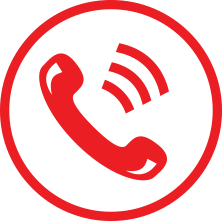




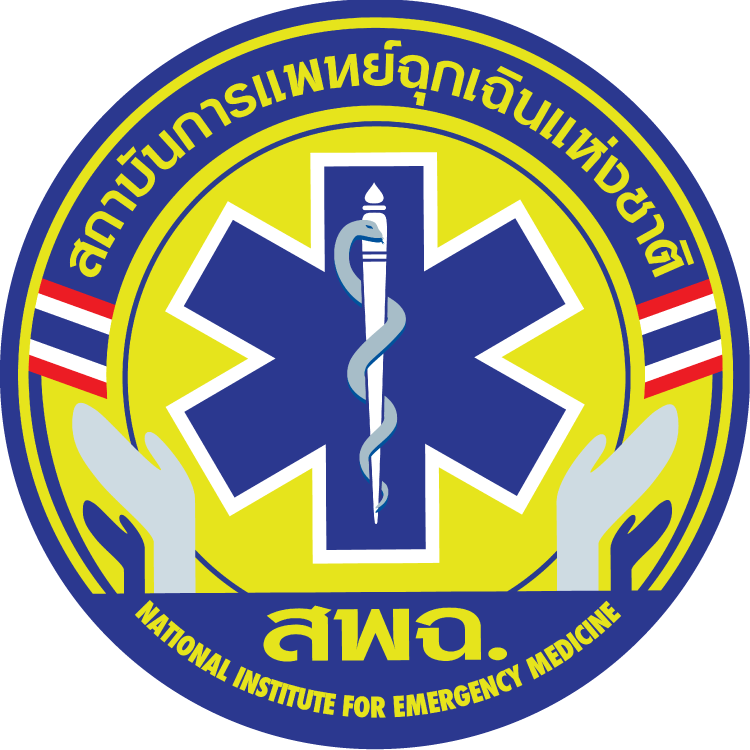











































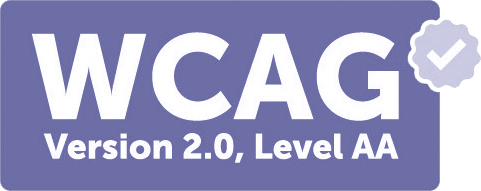
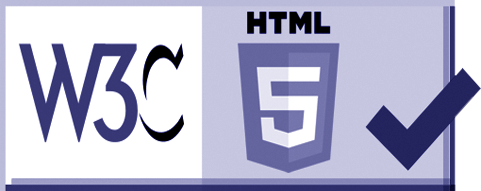
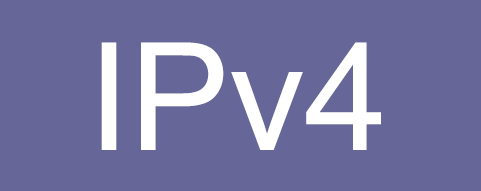
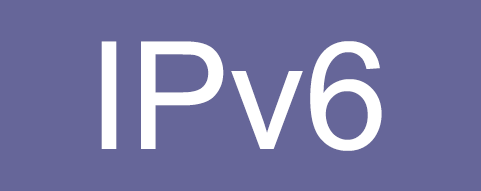
 0-2872-1600
0-2872-1600
 NIEMS_1669
NIEMS_1669
 @niem1669
@niem1669